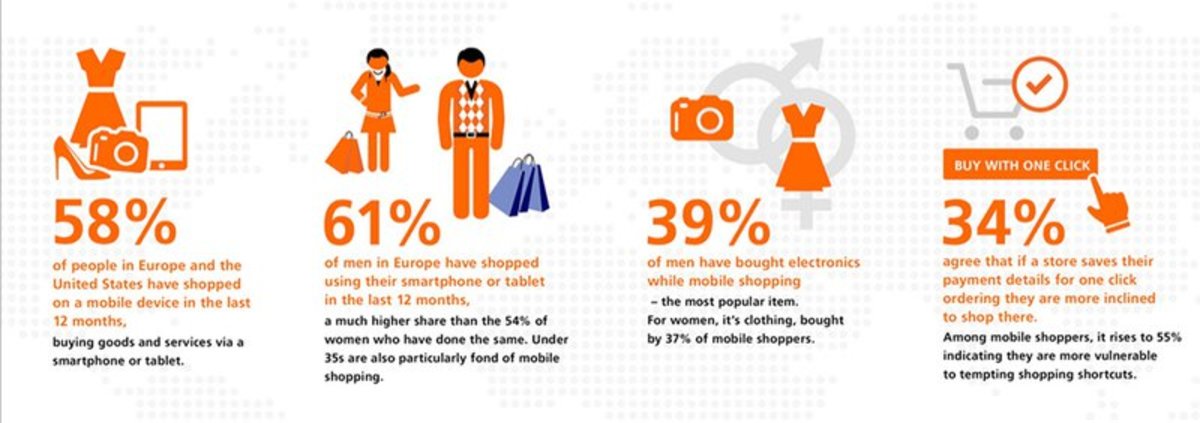
South African Bitcoin startup Bankymoon has built the world’s first blockchain smart metering solution for modern power and utility grids, VentureBurnreports.
The startup outlined its plans in a presentation titled “Smart Grids and the Blockchain – Bitcoin’s first killer App” at the recent Bitcoin Conference Africa in Cape Town, South Africa. Lorien Gamaroff, founder and CEO of Bankymoon, is expected to give another presentation on May 14 at the Bitcoin Conference in Prague.
Modern “smart grids” permit efficient management of supply and demand, with Internet-connected “smart meters” that react to changing conditions and can be topped in real-time in case of need. According to Gamaroff, by 2023 most power grids will be smart: 80 percent of the grids in the United States, 60 percent in Europe and 45 percent in the Asia Pacific region.
“You’d think that with all the smartness happening in our grid, that the problems are solved,” said Gamaroff. “But, in fact, this brings us to the most difficult and biggest problem of all, which is payments. Your grid could be as smart as you like but if all customers aren’t paying, it’s worthless and it becomes unsustainable and will collapse.”
Bankymoon, founded in 2015, specializes in deep integration of bitcoin payments into current processes.
“The power of bitcoin lies in the ability to program functionality to automatically respond to payment transactions,” notes the Bankymoon website. “Unlike bank accounts, Bitcoin addresses can be monitored by predefined processes which can trigger automated actions. These actions can form part of a workflow which will only proceed once Bitcoin transaction has been detected.”
Bankymoon’s smart meters have their own Bitcoin addresses. When a smart meter receives a Bitcoin payment, Bankymoon calculates the tariff and then loads the meter. Bankymoon’s integration of Bitcoin payments into smart metering systems for modern grids allows users to “send” electricity, water and gas to anybody else in the world, from anywhere, by topping their utility meters.
“Imagine a student abroad who needs to have their meter topped up,” said Gamaroff. “They’d phone their parent and ask them to send money. The parent now doesn’t have to remit anything. They can just go and top up the meter using bitcoin.”
The same model permits donating to worthy recipients, for example schools and hospitals, by directly contributing to their utility bills.
Besides the “programmable money” features of Bitcoin, the existence of large unbanked populations in the developing world shows the benefits of bitcoin payment integration in smart grids. Bankymoon’s solution bypasses banks and credit cards – which many users don’t have access to – and, using an Internet of Things (IoT) approach, goes directly to the smart metering devices.
According to Gamaroff, the application of Bitcoin to smart metering shows how deeply digital currencies can pervasively and positively impact societies. “This [solution] is potentially game-changing for driving bitcoin adoption,” he said.










